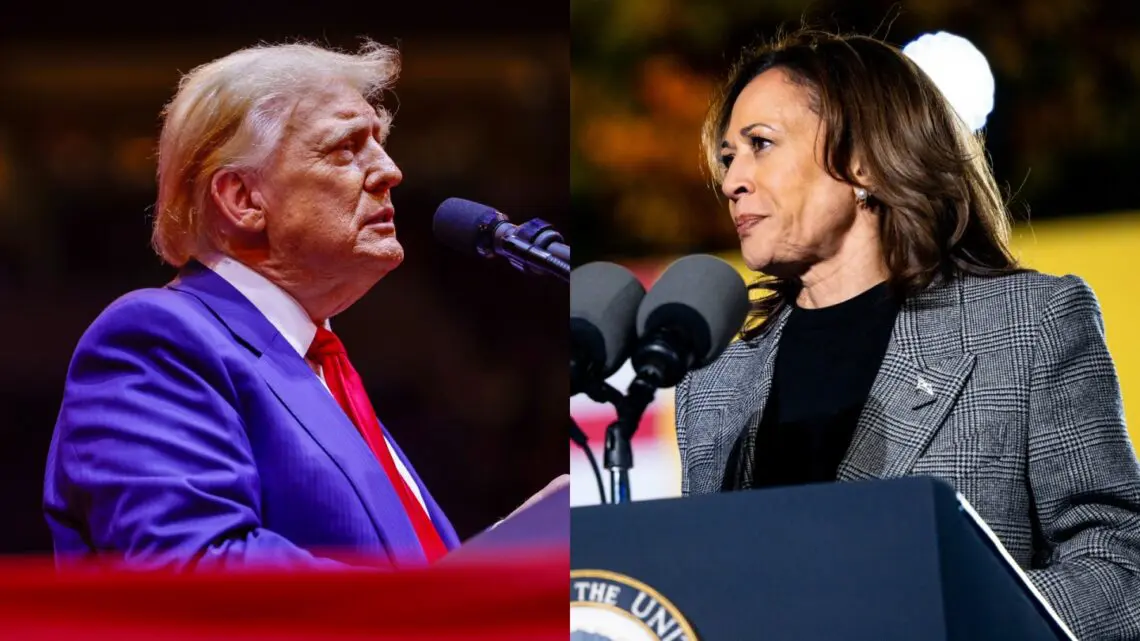The changing landscape of media and polling
In the past, daily TV ratings coverage was a cornerstone of entertainment journalism. Industry trade publications would dissect the Nielsen overnights to uncover captivating stories within the data. However, as the era of streaming and on-demand content emerged, the significance of how a show performed on its opening night diminished substantially.
Fast forward to 2020, a significant shift occurred. In all but the most compelling cases, media outlets stepped back from reporting these overnight ratings. The numbers had begun to lose their meaning.
The evolving relevance of election polls
A similar transformation is happening in election polling. Major media outlets continue to invest heavily in polls that attempt to predict outcomes in key states or national races over several months. Yet, these polls have been notoriously inconsistent in recent years.
- 2016: The polls were far off the mark.
- 2018: The polls were mostly accurate.
- 2020: The polls missed again.
- 2022: The polls were somewhat inaccurate.
The challenge of interpreting poll data
As we approach another election cycle, the uncertainty surrounding poll accuracy grows. Polling experts have critiqued pollsters for releasing questionable data, suggesting that there might be an element of “herding”—a euphemism for manipulating outcomes to create a perceived tie and avoid being wrong later. This casts doubt on the reliability of polling data.
Factors contributing to polling struggles
Several factors contribute to the challenges modern polling faces. Shy voters who are hesitant to disclose their true preferences, and the difficulty of reaching voters in the cellphone era, both play a role. Just as the TV landscape changed with on-demand services, the polling landscape is becoming increasingly blurred.
The value and limitations of polling
Polling still holds significant value for political campaigns. Campaigns engage in private polling to gauge the effectiveness of their messages and allocate resources efficiently. This targeted polling makes strategic sense.
However, for the general public, the incessant flow of polls during an election cycle raises questions about its purpose. Do hundreds of media polls truly provide any benefits, especially weeks and months in advance? Some argue that polls are more an entertainment product than real news. They offer semi-scientific insights with only around 60 percent accuracy, increasingly losing reliability. Yet, prestigious media institutions continue to sponsor and publicize these polls.
The adverse effects of public polling
What impact do these polls have? Before early voting begins, they often stress voters unnecessarily. During early voting, polls showing a significant lead for a preferred candidate might cause voters to stay home, thinking the outcome is assured. Conversely, polls showing a candidate far behind might also deter voters, thinking their vote won’t matter. Even when polls indicate a tie, they fail to provide the clear guidance voters seek.
Defenders of polling argue that close polls motivate voter turnout. However, this assumes the polls are accurate when they often are not. This can have the opposite effect, demotivating voters. Additionally, the constant circulation of poll results before voting begins lacks justification.
Erosion of public trust
Inaccurate polls also contribute to eroding public trust in the media. Accurate polls often go unnoticed, while inaccurate ones create significant backlash. In an era where misinformation is a growing concern, it’s perplexing that media outlets continue to publish speculative polls.
Imagine the last few months without any poll coverage. Instead, there would be more news coverage and opinions about the candidates. The absence of polling stories might not eliminate stress but could certainly reduce it.
Reevaluating the purpose of polling
The polling industry seems fixated on improving accuracy after each public failure, focusing on adjustments in weighting and methodology. However, a more profound question needs to be asked: Do we need continuous public polling?
“So preoccupied with whether or not they could, they didn’t stop to think if they should.”
Moving forward
Whoever emerges victorious in today’s election, let’s consider directing our attention away from poll stories. If the public refuses to engage with them, they might slowly fade away. From informal surveys among friends—most of whom were reluctant participants—the chances of this working are low, maybe 2 percent, and that’s within the margin of error.
Join the conversation
Share this perspective on social media and follow us for more insights and updates. Together, we can shift the focus towards substantive news coverage and meaningful political engagement, leaving behind the uncertainty and stress of polling.

 Italian
Italian







